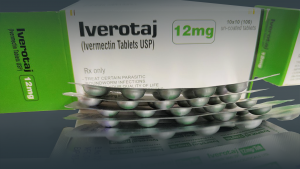
Rethinking the Pain Dichotomy (Part 2 of 3)
Is Acute/Chronic Pain a Continuum? Some pain is straightforward – you bang your hand with a hammer, it’s acute pain where you know the cause. Some pain is mysterious – we understand why fibromyalgia causes pain and fatigue only in peripheral glimpses: inflammation, viral predispositions, micronutrient deficiencies, perhaps? Complex regional pain syndrome (CRPS) is even more enigmatic, where a known acute event lingers long past the cellular stigmata. And as anyone with chronic back or neck pain knows, one literal misstep can layer acute pain on the chronic area, requiring both acute icing and a return to chronic pain patterns. Chronic Pain Versus Acute Pain Responses In many ways, the distinction between chronic pain and acute pain arose as an arbitrary attempt to match conditions with pharmaceuticals. Pain organizations have dictated that chronic pain deserves the label at three months, then at one. Some now say that after seven days, acute pain can be in transition to chronic pain. Often these arbitrary distinctions helped guide when one considered gabapentin, or when opioids are no longer excusable. In light of recent research, are they still relevant, or even accurate? The emerging understanding of the brain as the site of pain has








